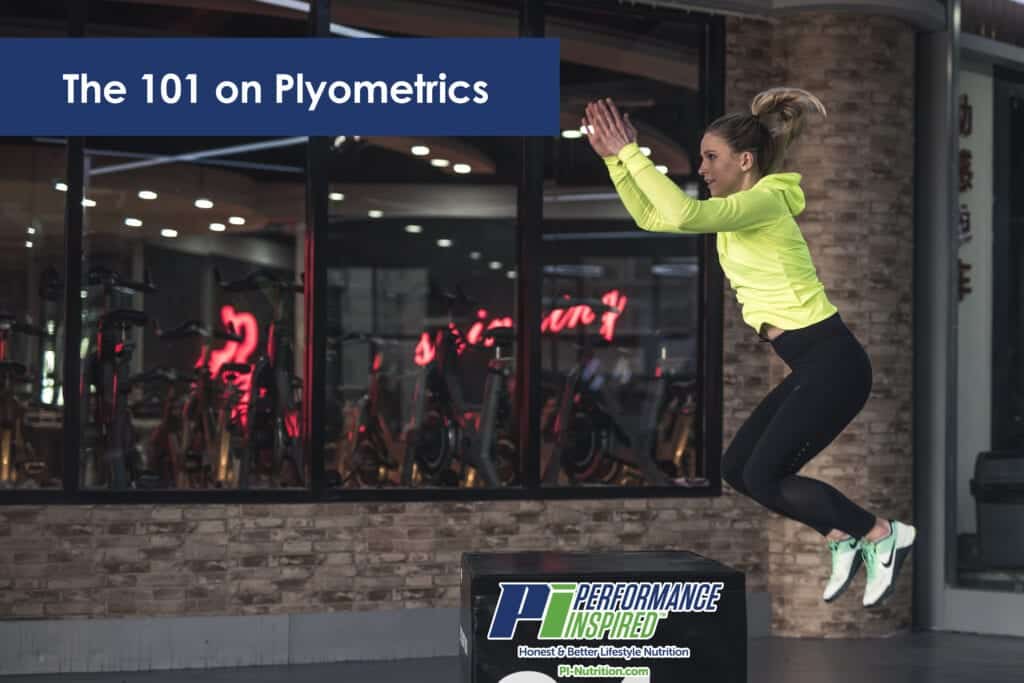The 101 on Plyometrics

Plyometrics, known as jump training or plyos, are exercises in which muscles exert maximum force in short intervals of time, with the goal of increasing power. Plyometrics can include different types of exercises, like push-ups, jumping, and kicking. Athletes often use plyometrics as part of their training, but anyone can do these workouts.
How plyometrics work
Plyometrics generate a rapid stretch in the muscles, and over time the body adapts by increasing the efficiency of the movement.
Are plyometrics right for me?
Honestly, it depends. And, as always, you should check with your doctor before starting an intensive new workout plan. Plyometrics are for people who want to increase strength, speed, and quickness and who want to include vertical jumps in a workout.
What areas of my body do plyometrics target?
Plyometrics work your legs and glutes. Your legs will be in great shape, and your glutes will become stronger from all the jumping and hopping.
Plyometric exercise examples
Squat Jumps
- Stand with your feet slightly wider than your hips.
- Lower your body to squat down.
- Press up through your feet, engage your abdominals, and jump up explosively.
- Lift your arms overhead as you jump.
- Upon landing, lower yourself back down to the squatting position.
Box Jumps (you will need a box to jump onto)
- From standing, squat down as you prepare to jump onto the box with both feet.
- To gain momentum, lift your arms up as you jump.
- Jump quickly onto and then backward off the box, gently landing with bent knees.
The bottom line
Plyometric exercises can help advance athletic performance in athletes and develop physical fitness in non-athletes. Although plyometric exercises can be challenging, you just may enjoy the experience as well as the results.


